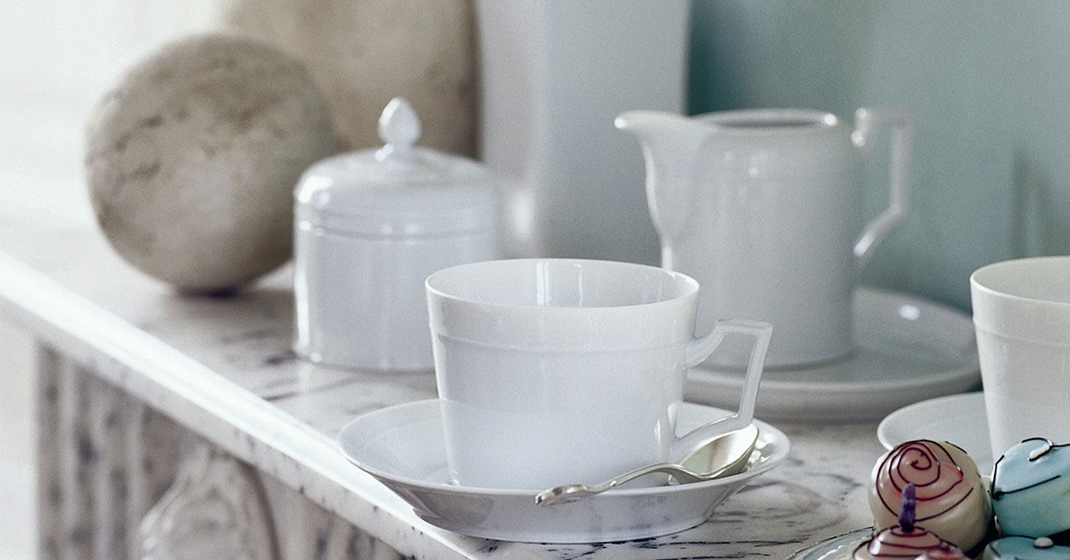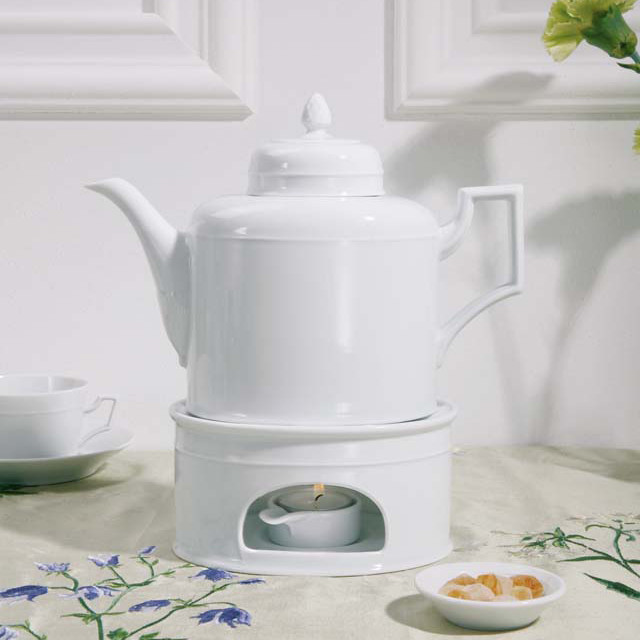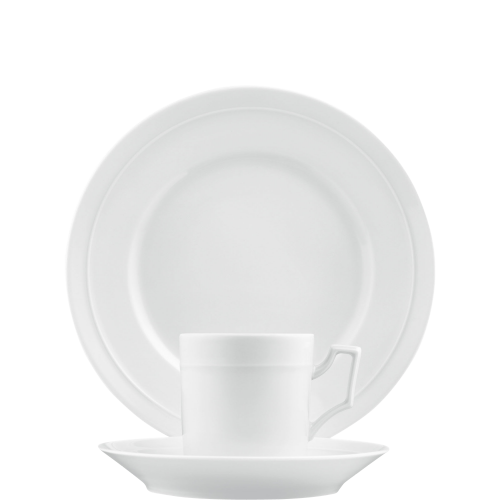
HERZOG FERDINAND
TIMELESS ORIGINAL OF CLASSICISM
This classic range in WHITE deliberately turns its back on the playful ornaments of the Rococo style and moves towards stringent, clear lines instead with the style elements from architecture being transferred to porcelain.

FORM HERZOG FERDINAND
With its cylindrical-oval basic shape, the angular handles, stylised pine cones for lid knobs and the surrounding model line, HERZOG FERDINAND is a truly timeless original of classicism. The porcelain, with its clear and austere shaping gives a clue to the elegance of past upmarket table culture. FÜRSTENBERG furnished the Grand Hotel Heilgendamm at the Baltic Sea in Germany completely with this tableware series originally designed in 1780.
HERZOG FERDINAND
The HERZOG FERDINAND shape was still produced by FÜRSTENBERG throughout the 19th century and was remodeled in 1981 and supplemented with stylish items designed for today's needs. HERZOG FERDINAND was named after Duke Ferdinand von Braunschweig-Wolfenbüttel, the brother of the founder of the FÜRSTENBERG porcelain manufactory, Duke Carl I. Duke Ferdinand was not only an important military man of his time, but also promoted art and culture in the spirit of the Enlightenment. He thus made a decisive contribution to the classicist style of the ducal porcelain manufactory in Fürstenberg.

